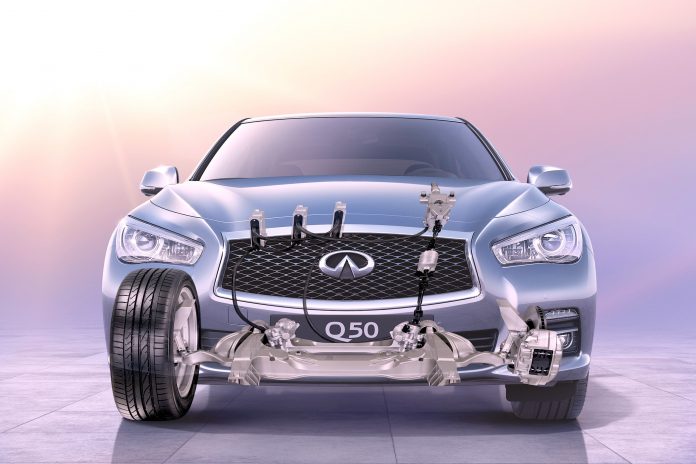Electric actuators have opened many possibilities for automation. Particularly, 24 VDC linear actuators have several applications in certain industries. They draw less electric current, unlike actuators that operate with 12 VDC. However, they usually deliver more force and higher speed. Thus, they are ideal for heavy-duty tasks.
If you need one of these actuators for a specific application, you can pick one from a reliable vendor. An application using this type of electric actuator is the steering of robotic vehicles. There are different industrial applications for such vehicles including forklifts, stackers, and more. These logistic vehicles usually carry out heavy-duty tasks like:
- Filling pallets;
- Loading and unloading trucks;
- Placing and removing objects onto and off shelves.
However, to make these robotic vehicles effective, the steering system must be as good as it can be. A steering system must steer a vehicle rapidly and with high accuracy. It’s here that electric actuators can play an important role. They can enhance the steering system significantly.
Integrating Electric Actuators into the Steering System
To automate the steering system, engineers had to design everything from scratch in the past. Nowadays, things have changed. Different off-the-shelf actuators can be directly used. There are some specific requirements to fulfill. These steering systems must be tough, inexpensive, and easy to operate. Also, installation and maintenance must be as simple as possible.
All the above requirements must be taken into account to select the correct actuators. Also, there are different types of motions for logistic robotic vehicles. The simplest is movement along a straight line. In such a case, no steering is needed. But more complex operations may need rotation. Here, the design engineers have to consider the mechanism that allows for such movements.
Linear actuators deliver push/pull motion. Hence, the engineers must devise a way to leverage these devices in the steering system. Generally, the vehicle controller gets information from the sensors. Then, a processing unit uses these data to calculate the path. Finally, different motion commands are sent to the actuators. It is recommendable to place the actuators near the steering wheel. This will rescind the need for mechanical coupling between these devices.
Other Design Requirements
Besides the type of motion, other requirements must be considered in the design. One of the most important is the torque. The load determines the necessary torque needed to steer the vehicle. The surface on which the vehicle is driven also has an impact. In this case, the necessary torque for the worst-case scenario must be calculated. This will allow selecting the actuators that can deliver the necessary force. As mentioned, 24 VDC electric actuators can meet this requirement.
More general requirements like safety and reliability are also met with this type of actuator. In conclusion, electric actuators are customizable. This characteristic allows you to use them for your application quite easily. 24 VDC is commonly used in industrial robotic vehicles. Hence, the integration is straightforward. Alternatively, you can use a voltage converter to double the more common 12 VDC.






























































